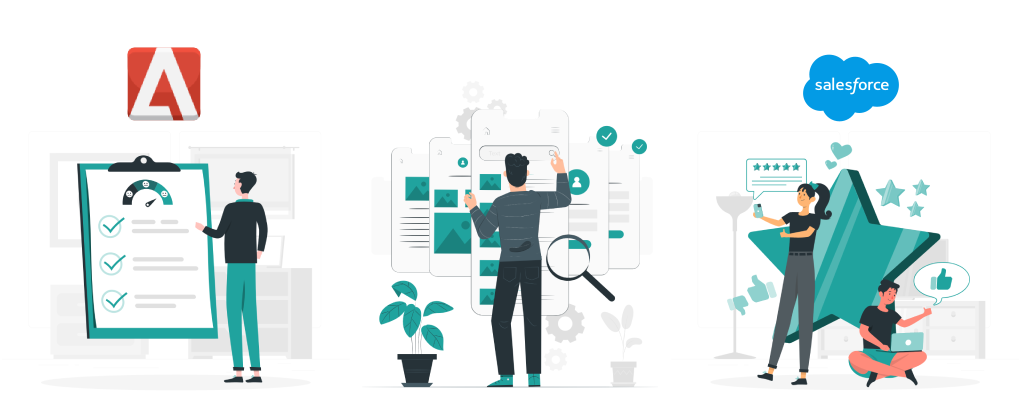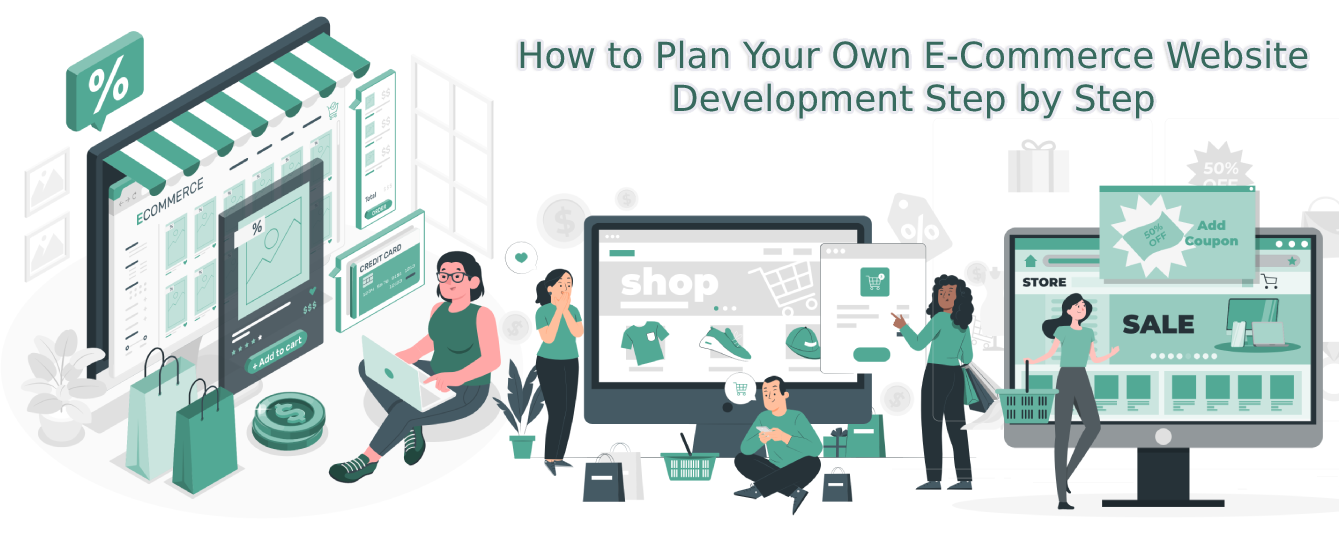Over the last few months, Adobe and Salesforce have announced updates to their tools that will change the way marketers and sales professionals work with customers and prospects. These updated tools are designed to provide businesses with more data about their customers, allowing them to create truly personalized experiences for each of their customer’s unique needs. Here’s what you need to know about these updates and how they could impact your business.
The role of a CX platform
A CX platform is designed to help businesses identify the customer journey and create personalized interactions that contribute to a positive experience. It’s important for your company to have a strong understanding of what your customers want, which can be difficult without the right software. A CX platform can help you do this by providing insights about customer patterns on a global scale. Data collected on these platforms can be used to make more informed decisions about how to best serve your customers.
Improving internal team collaboration
It’s important that your team can communicate effectively and efficiently. The best way to do this is to bring everyone together in the same place, which can be costly and time-consuming. But there are a few ways you can make it work:
1) Create a collaborative workspace for your team – this might mean installing video conferencing software like Skype for Business or Google Hangouts, or it might mean bringing in furniture that encourages collaboration from day one.
2) Share documents online – use a platform like Box, Dropbox, or Google Drive to share documents easily with your team members at any time of the day.
3) Use email wisely – use email sparingly as an internal communication tool, instead of using it as an alert system when someone needs your attention.
Collect feedback via surveys, email, and more
You can also use surveys to gauge customer experience and satisfaction. You can use SurveyMonkey, Typeform, Google Forms, or a website like SurveyGizmo to create a quick survey. Then you’ll want to find out how people are feeling about your company, products, or services by asking questions like How often do you purchase our products? or What is one thing we could change to make your experience better? Most importantly, be sure the survey is short (five minutes max) because you don’t want to put people off taking it. You can also solicit feedback on social media sites such as Twitter with a simple question like We’re looking for feedback on our product.
Measure success with customer satisfaction scores
To measure success, customer satisfaction scores are tallied. The Adobe Net Promoter Score (NPS) is a way of surveying your customers to ask how likely they would be to recommend you to a friend or colleague. It ranges from -100% (very unlikely) to +100% (very likely). To calculate the score, take the percentage of respondents who ranked between 0%-6%, subtracting it from the percentage of respondents who ranked 7%-10%. The result is your NPS.
The Salesforce Service Cloud Survey measures customer experience via five key metrics: Unmet
Expectations, Emotional Impact, Achieving Goals, Competing on Price and Satisfaction.
Continuously experiment to improve user engagement rates
The key to understanding the customer experience is to always be in the mindset of the customer. Create a list of all the channels you can think of that you would use to reach your target audience, including social media, mobile apps, chatbots, etc. You should also consider testing different messaging strategies for each channel.
The team at Adobe created an account called Your Account where users can update their personal information or preferences without navigating away from their current task on a website or mobile app. For example, if they are browsing products on the website, they can update their shipping address without having to leave that screen. This will make it easier for them to navigate around your site and find what they’re looking for more easily.
Create leads via company websites
Salesforce offers a suite of customer service, marketing, sales, and analytics tools. One of their most popular products is the Contact Manager, which allows businesses to manage leads from all channels in one central location. The app can be configured to integrate seamlessly with other Salesforce products like Marketing Cloud for publishing personalized content to customers or Service Cloud for managing service requests. This integration provides employees with a seamless experience across all departments in the company. In addition to this integration, the Contact Manager includes features such as lead routing, intelligent search, lead prioritization by business rules, and email alerts that provide important information such as when a lead has become inactive.
Use data to make smarter decisions
If you’re looking for a way to fine-tune your customer experience, consider these four steps from the Adobe and Salesforce case study.
The first step is to gather customer feedback through surveys, interviews, social media posts, or any other customer touch points you can think of.
Second, analyze what responses were most common across all customer feedback to find areas where customers are experiencing pain points or difficulty.
Third, rank the areas according to how big an impact they have on customers’ overall satisfaction with your service.
Finally, prioritize those pain points that had the biggest impact on customer satisfaction so you know what problem(s) to focus your efforts on solving first.
Are you interested in engaging with us and growing your business to the next level? Contact us now!



